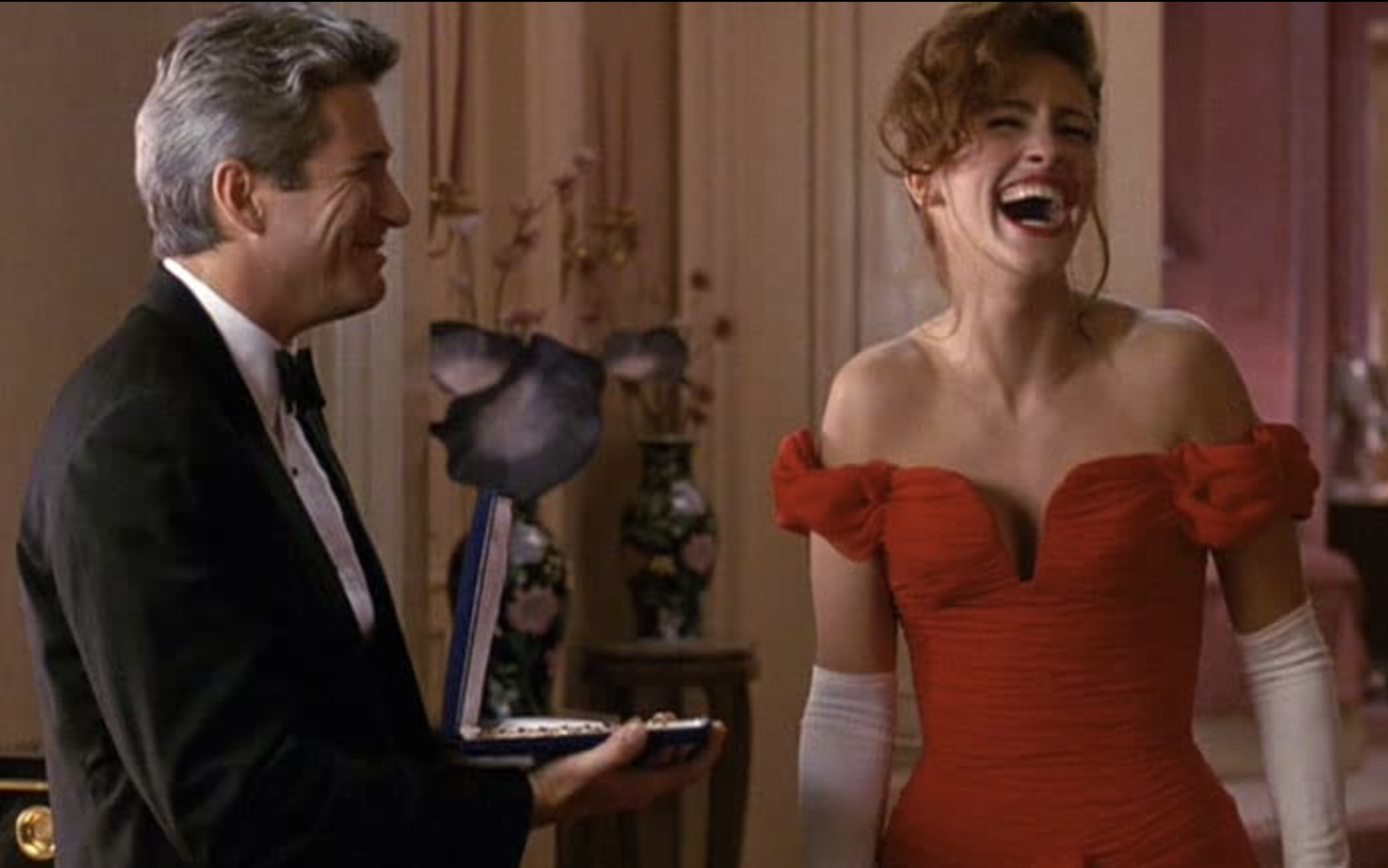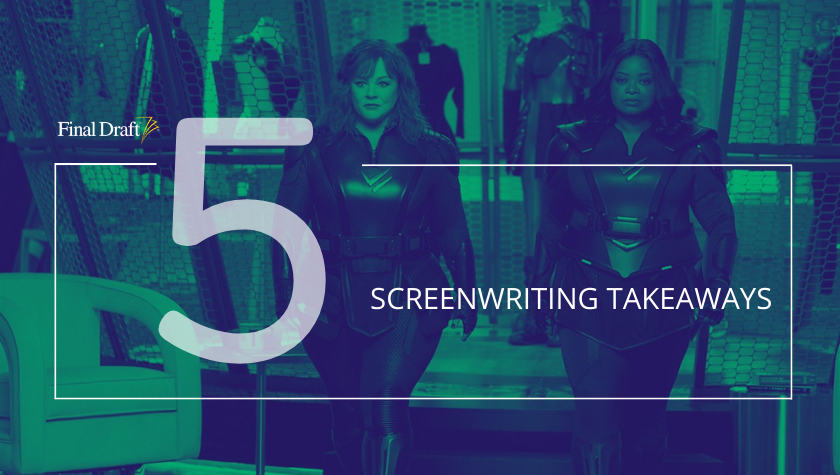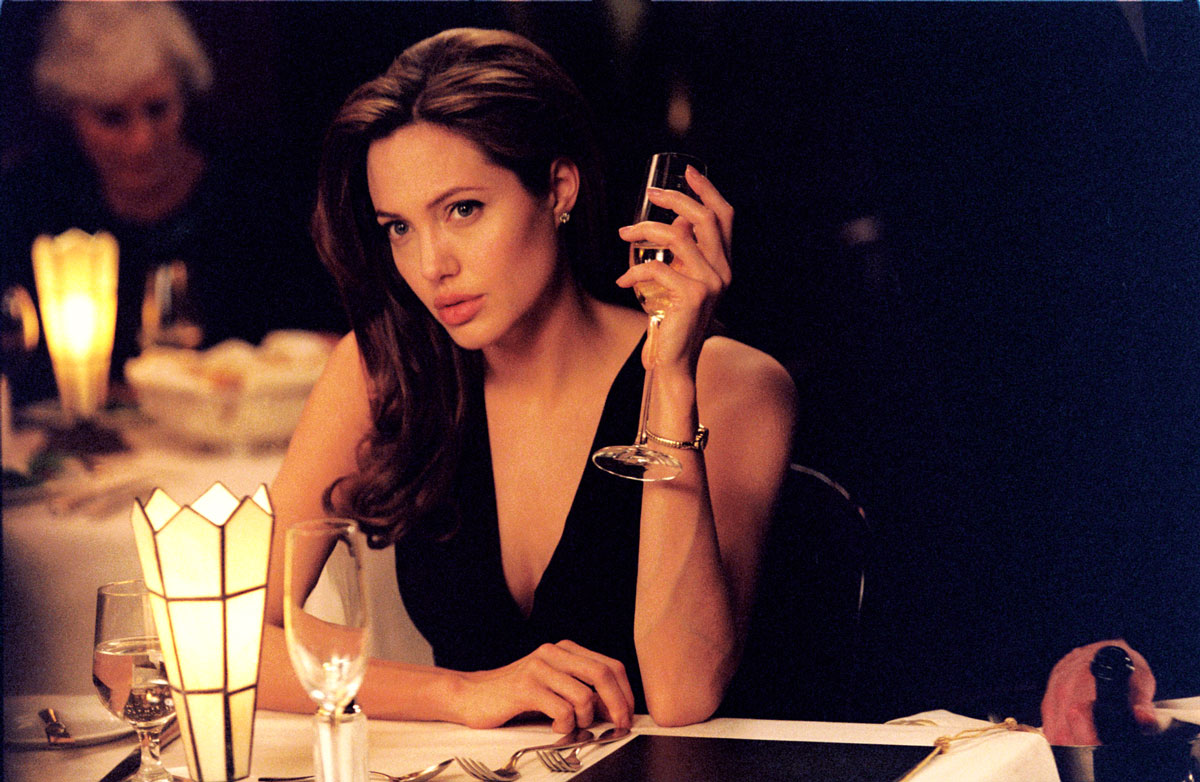How Ted Lasso Succeeds At Representing Female Friendships
April 7, 2023
The Emmy-award winning Apple TV series, Ted Lasso, is successful at a lot of things – like melding British and American humor, and making people care about the other sport called football.
But perhaps what they’re best at is presenting healthy examples of female friendships. It’s 2023 – this shouldn’t be rocket science, but, unfortunately, from what is still being presented on screen, apparently it can be.
After all, this is why the Bechdel test was created. The test is simple enough: 1) it has to have at least two women in it, 2) who talk to each other about something 3) besides a man.
Ted Lasso passes the test with flying colors in basically every episode. How? Because of its solid and realistic depiction of female friendships, namely between Hannah Waddingham’s Rebecca and Juno Temple’s Keely. Their friendship is essentially a lesson in how to subvert tired tropes and expectations of women. Here’s how they do it.
Read More: Jane Becker on the sincerity of writing ‘Ted Lasso’
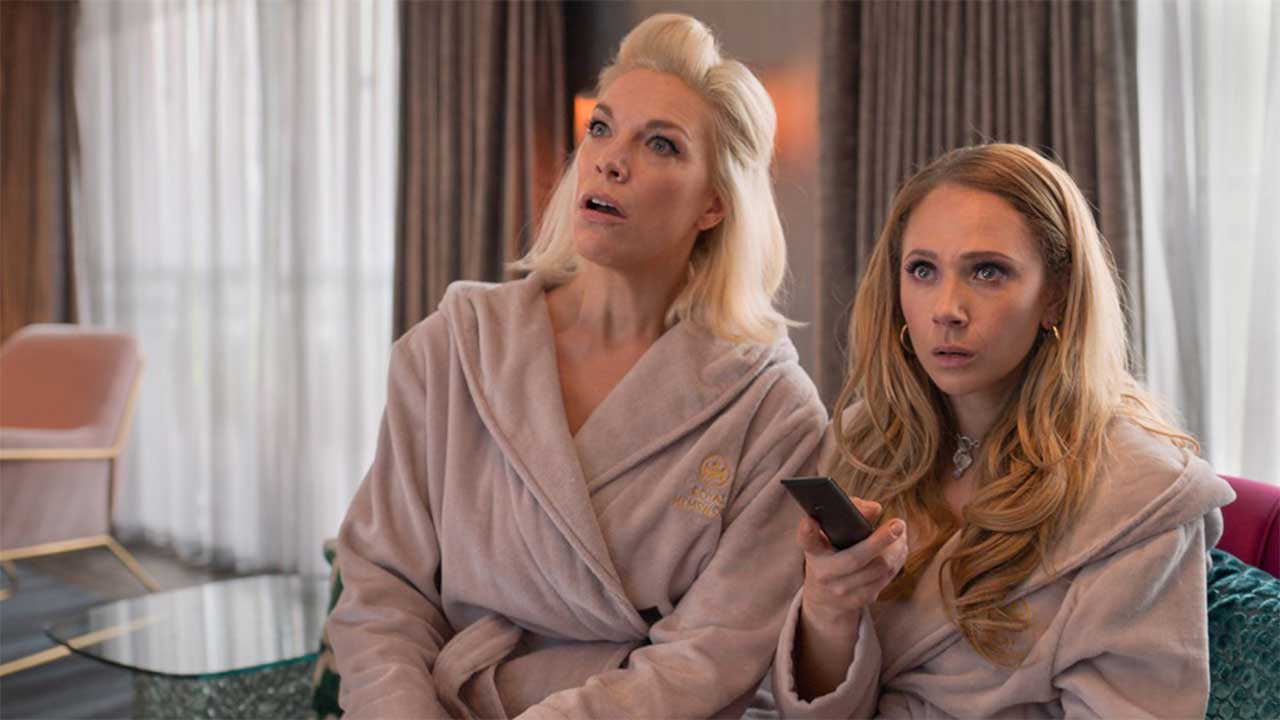
They avoid tired character stereotypes
First, to avoid a cliched friendship between two female characters, the characters themselves need to be anything but a cliche – which is exactly how one would describe both Rebecca and Keely. Neither female character exists solely to support a man or reflect a man, and neither of them plays the stereotypical villain or the ingénue. In other words, Rebecca and Keely aren’t your basic, surface-level, cookie-cutter female roles that we see far too often on screen. They are well-rounded women complete with both winning aspects (for example, Rebecca’s confidence and Keely’s optimism) and relatable flaws (like Rebecca’s cynicism or Keely’s insecurity). And they’re a little quirky in their own way. In short, they reflect real women who people can resonate with. That’s why it’s so easy – and why it makes so much sense – that their ensuing friendship feels like you’re watching your own best friends on screen. Humanize your female characters, give them unique personality traits, and they’ll surely light up the screen when they interact with one another.
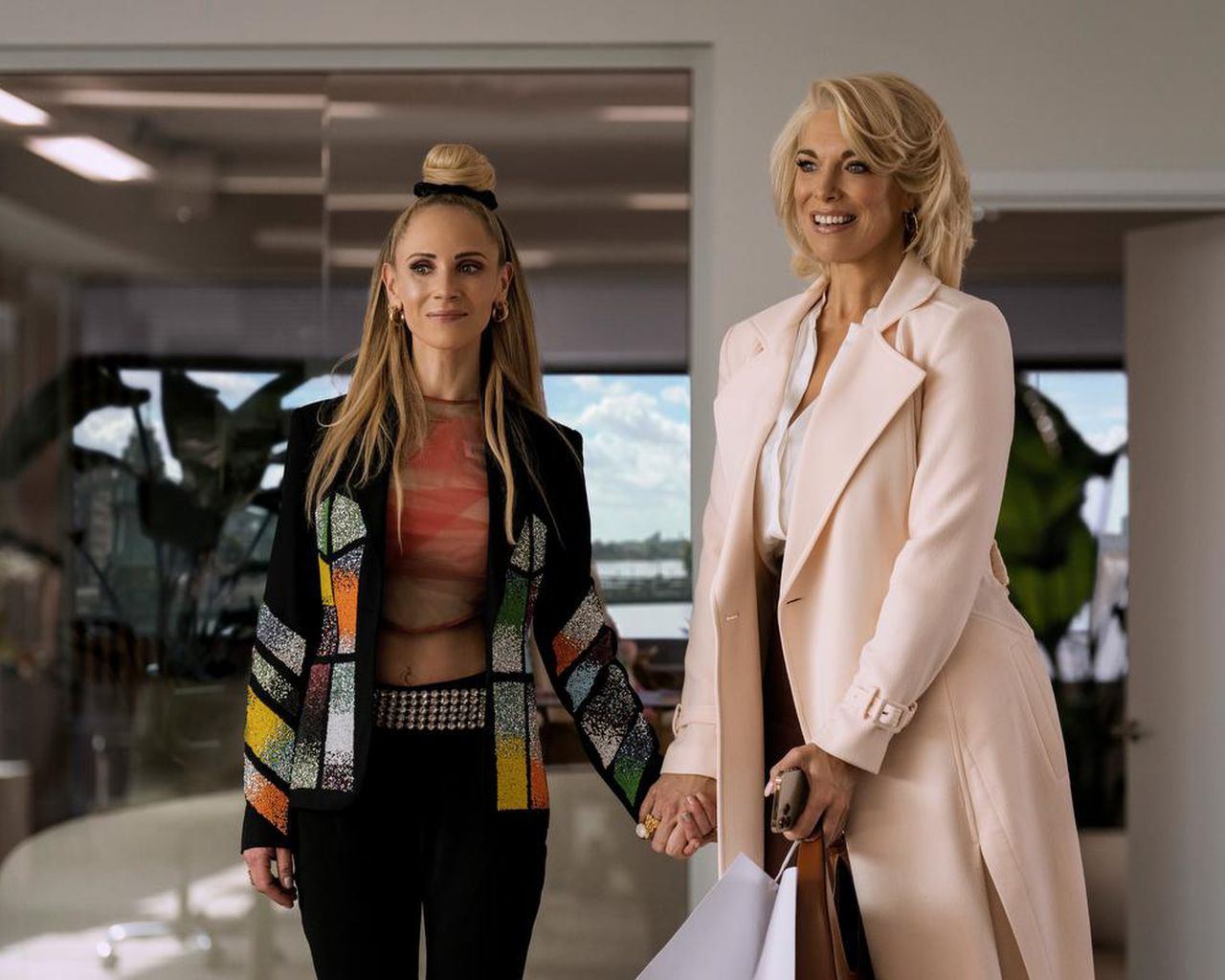
They’re not competitive with one another
Far too often we see female characters competing with each other. Usually it’s over a man or a job. Sometimes it’s over something as arbitrary (and sexist) as a wedding date. Whichever the circumstances, whenever we see two powerful women on screen together, the natural tendency is to pit them against each other. At least, at first. They’re either sworn enemies, or maybe, after some schadenfreude, perhaps even after some trope-y hair-pulling, the two female characters can finally call a truce.
Read More: 5 Screenwriting Takeaways: Ted Lasso is The Coach We Need And Likely Never Had
This isn’t the case with Rebecca and Keely. At the jump the two warm to each other. They don’t become best friends right away, but there’s an instant respect between them that becomes the bedrock of their friendship. They want to see each other win. You can see that whenever Keely advises Rebecca with her love life or whenever Rebecca helps Keely with her work in PR. It’s soothing to watch these two champion each other and it brings a greater emotional depth to each character that is far more satisfying than witnessing a cat fight ever could. Their friendship is a great example that conflict is often overrated when it comes to female connections. Rather than having your female characters fight with each other, see how they can unite instead.
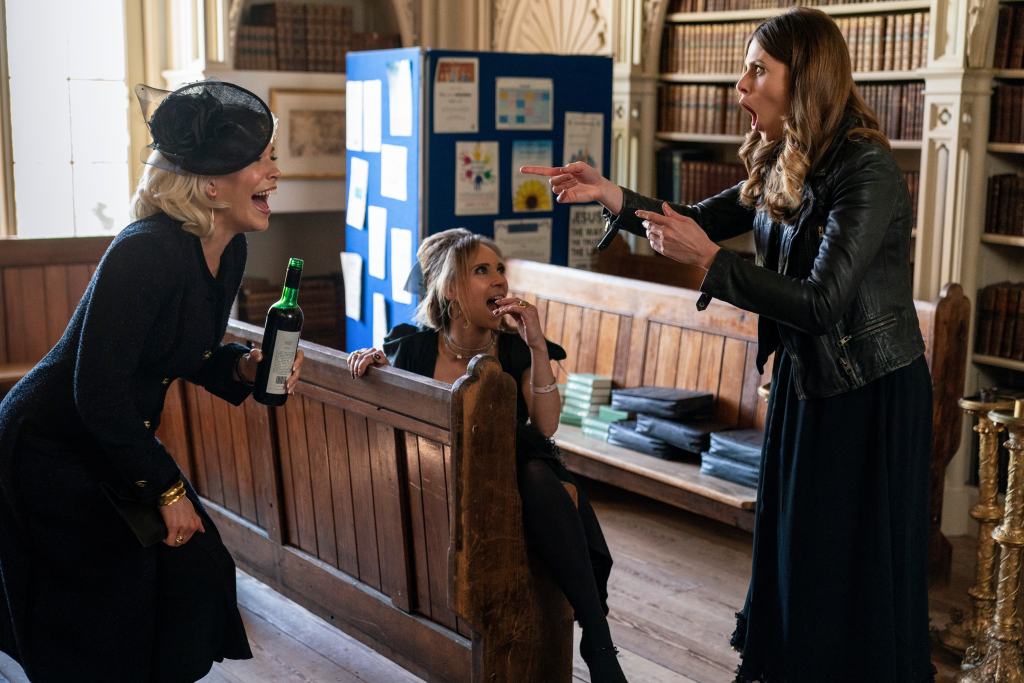
Their friendship isn’t threatened by other females
Three’s a crowd, we’re often told, which means when two female characters welcome a third character into their fold, jealousy and insecurity usually follows. One of them has to go. Not with Rebecca and Keely. When Rebecca introduces Keely to her childhood best friend Sassy (Ellie Taylor), one of the first things Keely says to her is, “Oh my god, I love you.” Neither Keely or Sassy become territorial when it comes to Rebecca. Instead, all three characters immediately bond with one another, and Keely and Sassy not only each respect their individual friendship with Rebecca, but they also each welcome their own newly formed one. Their camaraderie makes for such a better rapport between the characters – each one of them truly shines when they are supportive rather than combative towards each other (as you can see, there’s a pattern here) which means viewers can look forward to these characters coming together again whenever Sassy drops by. It’s a refreshing take on an old trope that works.
They share “real” dialogue with each other
This probably goes without saying when you create three-dimensional characters who resonate but it’s still worth mentioning. Rebecca and Keely’s friendship seems so real because they speak to each other the way best girlfriends do. They boost each other up. They call each other out when they’re not showing up to their fullest potential. They also playfully tease and joke with each other. Even when Rebecca advises Keely to “hire her best friend,” their dialogue doesn’t feel stilted or put on but rather reflects the natural cadence of two friends who just get each other. They freely tell each other, “I love you,” and it’s that sort of warmth between them that further illustrates female friendships are stronger and more enjoyable to watch when they exist to build each other up and not tear each other down.
Written by: Brianne Hogan
Brianne Hogan is a freelance writer currently based in Prince Edward Island. A film studies graduate from NYU, her byline's been featured in Creative Screenwriting, ScreenCraft, The Huffington Post, among others. "Jurassic Park" is unashamedly her favorite movie (at this moment). You can follow Brianne on Twitter via @briannehogan

